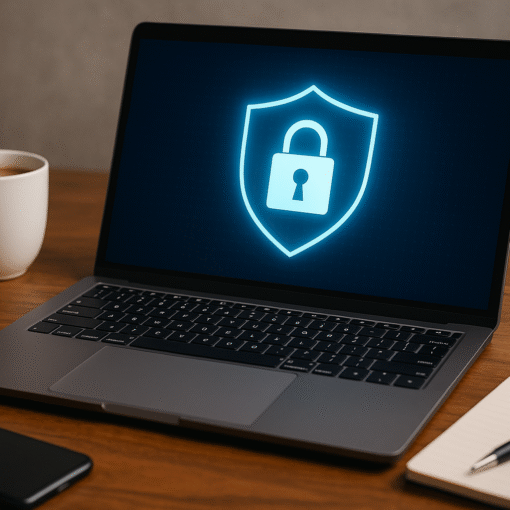In today’s hyper-connected world, cyber-attacks aren’t just something large enterprises need to worry about—small and medium-sized businesses in Cheltenham are increasingly targeted too. With limited IT resources and budgets, SMEs often become easy prey for criminals seeking to exploit unpatched systems, vulnerable networks, or uninformed staff. At SmartGuardian, we believe that robust, pragmatic security doesn’t require an enterprise-scale team. Here are five essential steps every Cheltenham SME can take to strengthen its digital defenses.
1. Invest in Regular Vulnerability Assessments
Even small networks accumulate software and configuration gaps over time. A vulnerability assessment—combining automated scans with targeted manual checks—helps you:
- Discover outdated software or misconfigured devices
- Prioritise remediation by criticality and exploitability
- Plan upgrades and patch cycles around your business calendar
2. Implement Employee Security Awareness Training
Over 90% of breaches involve human error. A well-trained team is your first line of defense:
- Phishing simulations: Send realistic mock-phishing emails to teach staff spotting techniques.
- Monthly micro-learning: 5–10-minute bite-sized videos on topics like password hygiene or recognizing social engineering.
- Clear reporting channels: Make it EASY for employees to flag suspicious emails or incidents to your IT lead or SmartGuardian consultant.
3. Keep Systems Patched & Up to Date
Cybercriminals exploit known flaws—often patched weeks or months earlier by vendors. To stay ahead:
- Automate patch management for operating systems and key applications.
- Maintain an asset inventory: Know every device (including printers, VoIP phones, IoT sensors) on your network.
- Test patches in a sandbox before broad rollout, ensuring critical workflows remain uninterrupted.
4. Layer Your Defenses with Network & Endpoint Protections
A single firewall isn’t enough. Build multiple protective layers:
- Next-Gen Firewall (NGFW): Blocks known bad IPs, inspects traffic for anomalies.
- Endpoint Detection & Response (EDR): Monitors PCs and servers in real time, auto-quarantining suspicious files.
- Multi-Factor Authentication (MFA): Require a second factor for VPN, email, or privileged admin logins.
5. Develop & Test an Incident Response Plan
No system is 100% safe. Having a clear plan lets you recover quickly:
- Define roles: Who calls law enforcement? Who talks to clients? Who handles PR?
- Backup strategy: Regular, off-site encryption of critical data (ideally on a separate network).
- Tabletop exercises: Simulate a ransomware infection or data breach every six months to find gaps in your response.
Conclusion & Next Steps
Cybersecurity doesn’t have to be complex or expensive—but it does require a structured approach. By adopting these five essentials, Cheltenham SMEs can dramatically reduce their risk profile and sleep soundly knowing their digital assets are protected.
Ready to get started?
Book a free discovery call with our local SmartGuardian experts, and let’s tailor a security roadmap that fits your budget and growth plans.
📞 01242 580653 ✉️Contact Us
22 Enterprise Way, Cheltenham, GL51 8LZ
Protect your business today—don’t wait for the next breach.
Another security article for Cybersecurity tips can be found here


